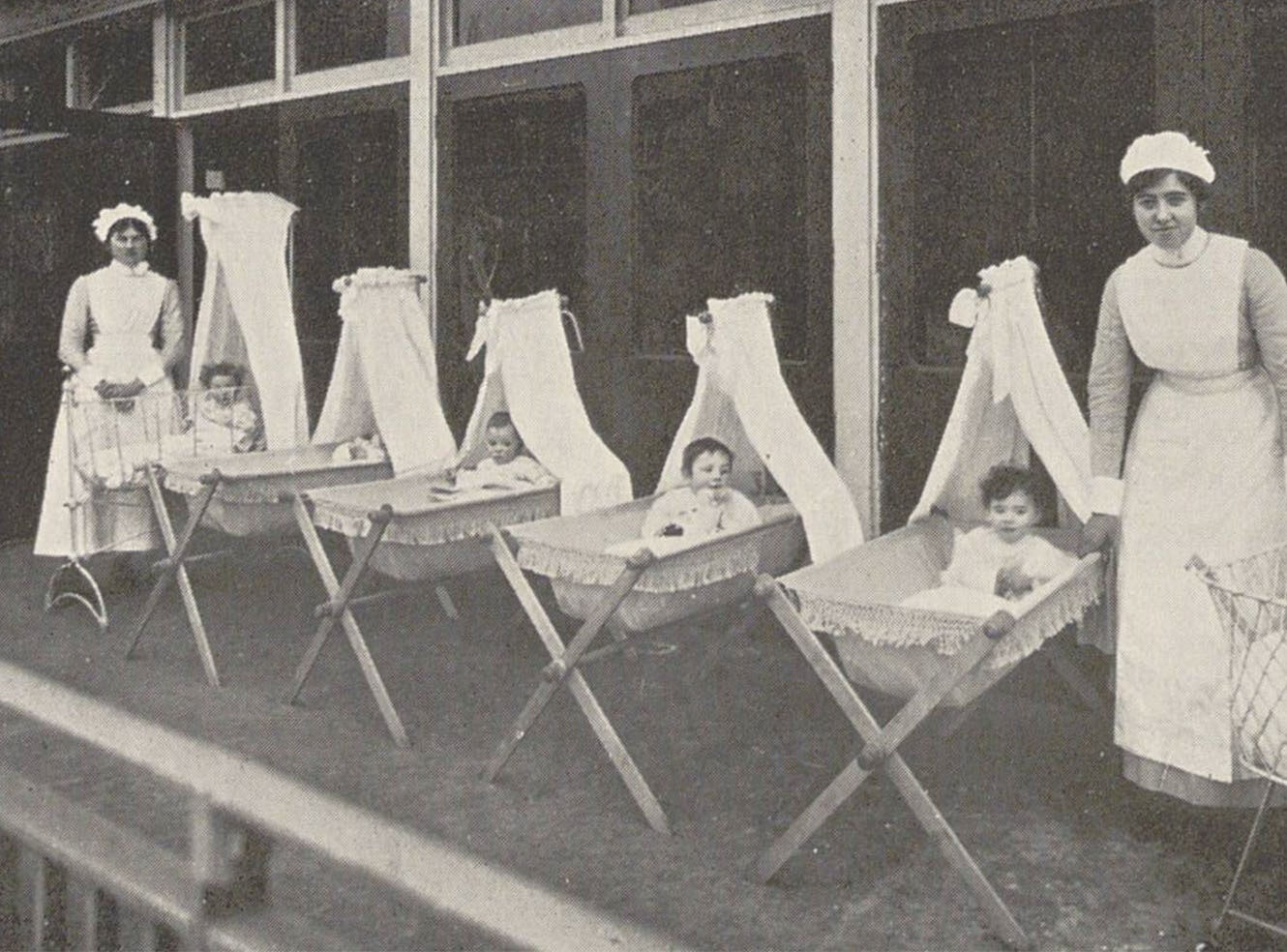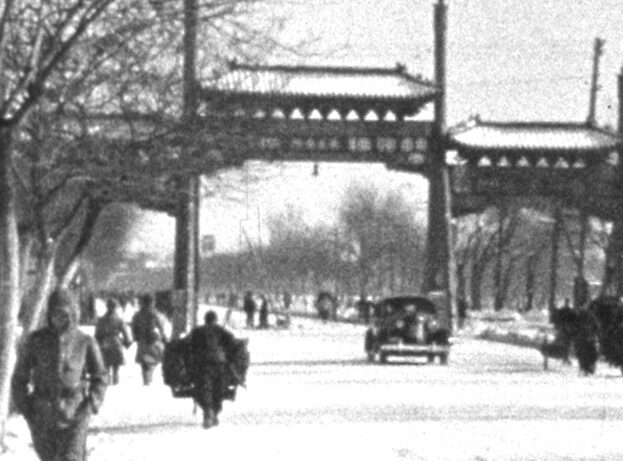Global Commodities and new research tools
Last week saw the release of Global Commodities: Trade, Exploration and Cultural Exchange, a large multi-library resource which explores the history of fifteen major commodities that changed the world.
I have worked on the resource as Project Editor for many months now and it has been a truly exciting project to manage. The additional features, which complement the primary source material, have been a particular highlight. In this feature, I focus on two of my favourites: the 360 Degree Object Gallery and the Global Commodities Price Data Visualisation. These two very different resources are favourites of mine not only because they have been such fascinating areas to develop but because they offer new research possibilities and present exciting developments for the digital humanities.
The 360 Degree Gallery is devoted to a collection of objects from the Robert Opie collection of brands, packaging and advertising as well as images of raw materials. Teapots, cigarette packets, chocolate boxes and much more are brought to life using a 360-degree image viewer. This viewer enables the full rotation of objects seen on the screen and facilitates a form of close-up digital ‘handling’. For example, this souvenir teapot for the 1951 ‘Festival of Britain’ can be viewed head on as a single image but can also be rotated to show additional angles from the side and back of the object, allowing both the product and packaging to be examined in full in one seamless rotation.
The ability to view 360-degree rotations in this way offers exciting research possibilities. It allows us to assess not only the words and images printed on the objects in the Opie collection but also their material form, which provide important information on an object’s original function. By viewing the full rotation for this counter display for Fry’s Chocolate Cream we can analyse both the striking advertising image and the back of the object which suggests how its structure could be manipulated for display in shop windows and on shop counters in the 1950s.
As well as objects from the famous Opie collection, the gallery also includes a number of images of raw commodities from coffee beans to a variety of spices. By viewing these items as 360-degree rotations we see their aesthetic qualities close-up as well as their full material composition, texture and form. The selection of 360-degree objects featured in Global Commodities offers a more material approach to research through a digital medium.
The Global Commodities Prices Data Visualisation is a completely different feature but offers equally interesting new pathways for study. This unique teaching and research tool on which we collaborated with Axis Maps is built on an extensive database compiled by leading scholars. The visualisation, containing prices for hundreds of commodities across hundreds of markets for almost a thousand years, allows users to explore historic prices data across space, time and commodity. Data was collected at a highly detailed level enabling us to explore a huge range of individual commodity variants from a wide variety of German beers to a wide range of different papers, cloths and grains. To facilitate meaningful comparisons, we have also aggregated commodities into major groupings and markets into countries/continents.
The Data Visualisation is designed to reveal unknowns and facilitate further exploration. For example, if we look at the price of cotton between the period 1770 and 1869 we can identify a series of price fluctuations with a sharp increase towards the end of the period. This invites us to consider the external factors that impacted upon cotton prices across this time period. By identifying those times when there is a drop in cotton prices we can see that these often correlate with major technological inventions that made it cheaper and easier to harvest, transport and loom cotton. For example, the slight drop in cotton prices from the late 1780s coincides with the invention of Cartwright’s power loom (1785) and Whitney’s cotton gin in 1794, which reduced the cost of processing cotton. Prices then increase slightly at the end of the nineteenth century followed by a significant decrease after 1818 with the introduction of the Geometric cotton screw that could compress cotton and reduce the cost of transportation. Famine, climate change and political unrest generated inverse price fluctuations. From around 1818, cotton prices fell or remained constant until a significant increase which coincided with the cotton famine of 1860-65 with the outbreak of the American Civil War. In the four years that the war lasted, the cotton famine caused great distress for workers and resulted in the high prices which we can see in the data visualisation.
This story in the history of cotton is just one example of how the Prices Data Visualisation can help users generate their own research questions from the patterns and correlations in prices that emerge for a wide variety of commodities.
The 360 Degree Object Gallery and the Data Visualisation have been fascinating areas to develop and present exciting developments in the digital humanities. These two very different resources equip researchers with new ways of extracting data and generating research questions through a digital medium. I hope users of Global Commodities enjoy exploring their possibilities as much as I have.
Recent posts

AM’s new resource, A Global History of Epidemics, 1800-1970, offers interdisciplinary researchers unique primary sources, interactive tools from maps to timelines, and expert essays, to explore disease history, colonialism, and public health advancements within the British Empire and beyond.

AM's latest publication provides a vivid visual exploration of twentieth-century China, showcasing historical and cultural transformations. Enriched with powerful accessibility and discovery tools, and contextual resources, China on Film provides an invaluable resource for studying modern Chinese history and early film-making.
